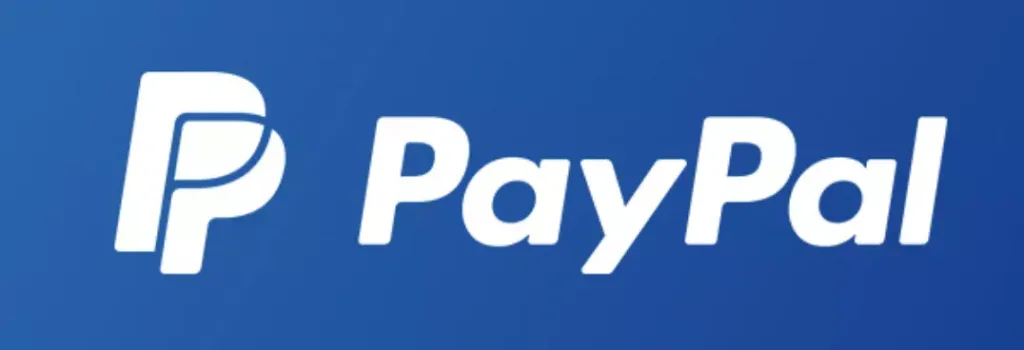The choice of the appropriate tools and frameworks might be the difference between success and stagnation in the quick-paced world of web application development. React.js, commonly known as React, has emerged as a driving force behind some of today’s most engaging and efficient web applications. This article delves into the world of React for web app development, exploring its core concepts, the compelling benefits it offers, and how it has been embraced by major companies to create exceptional user experiences. Let’s embark on a journey to unlock the power of React together.
- React enhances productivity with its Virtual DOM and JSX.
- Shortens development cycles through component-based architecture and reusability.
- Prominent companies like Instagram, Netflix, and Airbnb leverage React for web development.
What is React for Web App Development?
React is a JavaScript library for creating user interfaces. It was designed with a single goal: to provide developers with a tool that makes building complex, interactive, and responsive UIs more manageable. React achieves this by introducing a component-based architecture, allowing developers to break down user interfaces into modular, reusable building blocks.
The core concept behind React is the Virtual DOM (Document Object Model). React first updates this lightweight, in-memory representation of the actual DOM when changes occur in a web application. By doing so, React minimizes the number of actual DOM manipulations required, resulting in faster rendering and improved overall performance. This approach also significantly enhances developer productivity, reducing the need for manual DOM manipulation and ensuring that the UI stays in sync with the application’s data.
Furthermore, React leverages JSX (JavaScript XML), an extension allowing developers to write UI components using a syntax closely resembling HTML. This enhances code readability and streamlines the process of creating complex UI structures. With React, web app development becomes more efficient, maintainable, and enjoyable for developers, while end-users benefit from highly responsive and interactive interfaces.

Why Use React.Js for Web Development: Benefits
Choosing the proper framework or library can significantly impact your projects’ efficiency, speed, and quality. React.js, commonly known as React, has emerged as a go-to choice for developers and businesses due to its benefits that make web development a smoother, more productive process. Key advantages of using React for web development:
Increased Productivity Thanks to Virtual DOM
React’s hallmark feature is its Virtual DOM (Document Object Model) use. Instead of directly manipulating the real DOM (which can be slow and resource-intensive), React creates a lightweight, in-memory representation of the DOM. React updates the Virtual DOM before making changes to the actual DOM when there are updates to the UI. This process reduces costly DOM operations, improving rendering performance and developer productivity.
Smooth Coding with JSX
React introduces JSX (JavaScript XML), an extension allowing developers to write UI components using a syntax closely resembling HTML. This unique approach enhances code readability and maintainability. Developers can create clear and intuitive code for complex user interfaces, facilitating team collaboration and long-term maintenance.
Shorter Development Period
React’s component-based architecture encourages code reusability. Developers can efficiently integrate modular components into different parts of an application. This leads to shorter development cycles, as teams can leverage existing components, speeding up the development process and reducing the likelihood of bugs.
Reusable Components
React’s component-based approach promotes the creation of self-contained and reusable UI elements. These components can be shared within a single project and across different applications. The result is a library of reusable building blocks that save development time and ensure consistency in design and functionality.
Small Learning Curve
React’s minimalistic API and straightforward concepts make it accessible to developers of varying skill levels. Its slight learning curve means developers can quickly get up to speed with React and start building web applications efficiently. This aspect is particularly advantageous for businesses that want to onboard new developers or startups aiming to develop their products swiftly.
Ready to harness the power of React for your web app development needs?
Contact UsExamples of Companies That Use React for Web App Development
React.js, with its rich set of features and advantages, has gained immense popularity among businesses and developers. Many prominent companies have recognized the potential of React and have successfully integrated it into their web app development projects.

Instagram, the renowned social media platform for sharing photos and videos, relies on React to provide users with a seamless and engaging experience. React’s ability to handle dynamic content updates and real-time interactions is crucial for Instagram’s constantly evolving feed and user interactions.
Netflix

The global streaming giant Netflix uses React to power its user interface across various devices. React enables Netflix to create a responsive and intuitive platform for users to browse, search, and stream their favorite movies and TV shows. The library’s performance optimization is especially critical for efficiently handling vast content libraries and user preferences.
Airbnb

Airbnb uses React to develop its web platform for lodging and travel experiences. React’s flexibility is vital for Airbnb to manage a wide range of property listings, host interactions, and user preferences. The component-based structure of React aligns perfectly with Airbnb’s diverse offerings.
PayPal

PayPal, a global leader in online payments and financial services, leverages React to enhance the user experience across its platform. React’s reusability and efficient rendering contribute to a smoother user journey, whether users manage personal accounts or integrate PayPal services into their applications.
Walmart

Walmart, one of the world’s largest retailers, uses React to build a responsive and feature-rich e-commerce platform. With React, Walmart can provide its customers with an efficient and enjoyable shopping experience, managing extensive product catalogs, dynamic content, and user interactions.
Tesla

Tesla, the pioneering electric vehicle and clean energy company, employs React for its car configurator. React’s real-time capabilities enable customers to customize their vehicles effortlessly. It ensures that users receive instant feedback as they explore various vehicle options and features.
These examples underscore React’s adaptability and efficiency across diverse industries and applications. React empowers businesses to create modern and engaging web applications, whether social media, entertainment, travel, finance, e-commerce, or automotive. The library’s ability to handle complex user interfaces, dynamic content, and real-time interactions makes it a preferred choice for companies seeking exceptional digital experiences.
Conclusion
In the fiercely competitive domain of web app development, the choice of a development partner is pivotal. Ficus Technologies recognizes React’s potential and has the knowledge and practical experience to leverage it fully.
Our experts boast a profound comprehension of React’s component-based architecture, JSX syntax, and Virtual DOM, ensuring that your React projects are technically robust and optimized for performance and efficiency.
Years of practical experience have endowed our team with invaluable insights and problem-solving understanding, facilitating the development of web applications that are not just effective but also efficient.
Our client-centric approach ensures that each project is treated with a unique, tailor-made solution, precisely aligning with your vision and objectives, whether it’s an intricate e-commerce platform, content-rich website, or cutting-edge web application.
By partnering with us, you’re embarking on a journey to unlock React’s boundless possibilities, guaranteeing the success and innovation of your web app development projects.
React.js is suitable for projects of all scales, offering benefits for both small-scale and larger applications. Its component-based architecture and modular design make it adaptable to varying project sizes. For small-scale projects, React provides a streamlined development process, enabling developers to create interactive user interfaces efficiently. In larger applications, React’s scalability and efficient state management contribute to maintaining a structured and maintainable codebase. Whether it’s a simple website or a complex web application, React’s flexibility and extensive ecosystem make it a versatile choice for developers, ensuring a consistent and efficient development experience across different project scales.
Yes, React applications can be seamlessly integrated with various backend technologies, offering flexibility in choosing backend languages. React operates on the frontend, allowing it to communicate with different backend servers through APIs (Application Programming Interfaces). This decoupling enables compatibility with a range of backend languages, such as Node.js (JavaScript), Python, Ruby, Java, PHP, and more. The versatility of React’s frontend framework allows developers to connect it to diverse backend technologies, making it an excellent choice for building web applications that can interact with different server-side technologies based on project requirements.








